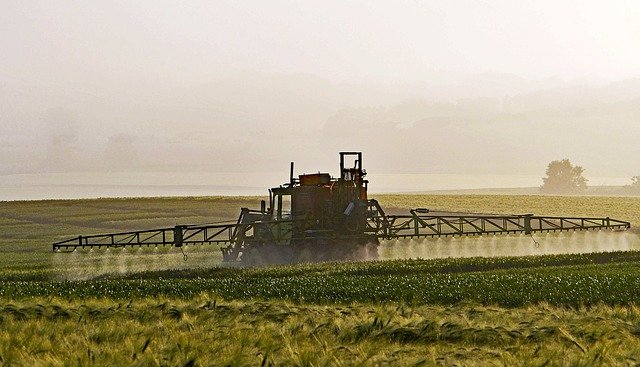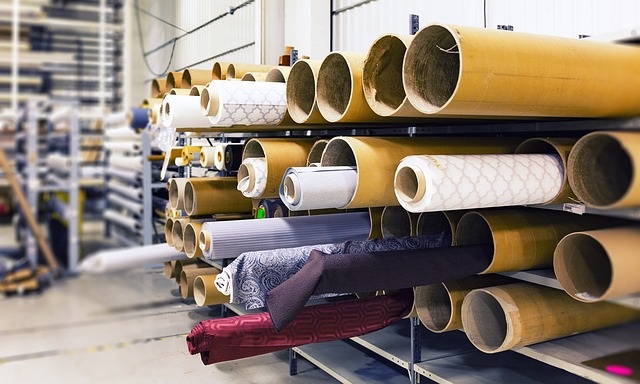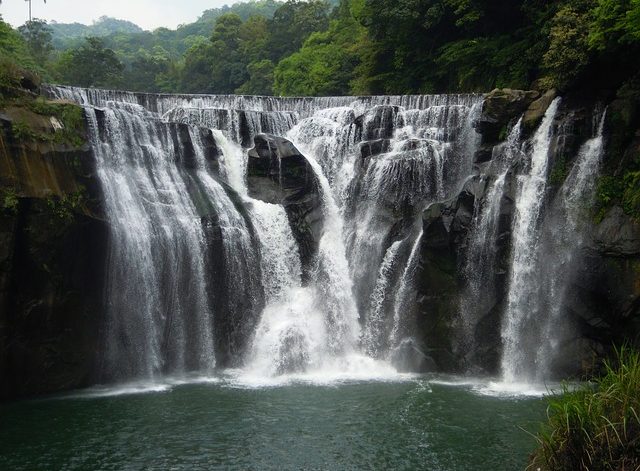INTRODUCTION
Bioaccumulation: It is defined as the progressive accumulation of substances especially pesticides or contaminants/toxins in the organisms.
Biomagnification: It is also known as bioamplification. It is defined as a successively high concentration ratio of toxins/contaminants particularly pesticides in the tissues of the sensitive organisms in a food chain.
Also read: What Is Environmental Toxicology And What Are Its Branches?
PROCCESS OF BIOACCUMULATION
The process of bioaccumulation is described as the organisms start absorbing toxins/contaminants at a faster rate than the subjected pollutants getting eliminated by catabolic processes or excretion. The process is followed by toxins build up in a food chain. Apex animals that are at the top of the food chain are mostly affected by bioaccumulation.
It starts as plants absorb toxins/contaminants or pesticides released by human activities and ultimately enter into the food chain.
CAUSES OF BIOACCUMULATION
The causes of bioaccumulation are listed below.
1. Plastic Pollution: Plastic breaks down and releases toxic chemicals in the environment that get built up in the food chain.
2. Application of Pesticides: The application of pesticides in agriculture is extremely harmful to the environment as this process contributes to air, water, and land pollution.
3. Air Pollution: The burning of fossil fuel in transportation releases heavy metals in the environment that get absorbed by living organisms such as birds.
4. Mining Activities: Mining activities are a huge source of environmental pollution that leads to bioaccumulation followed by biomagnification.
5. Heavy Metal Pollution: The high concentration of heavy metals is regarded as environmental pollution and high levels of mercury in fish indicate heavy metal pollution.
Also read: Impact of Heavy Metal Pollution on the Environment
EFFECTS OF BIOACCUMULATION
The effects of bioaccumulation are obviously disastrous and a few of these are listed below.
1. Loss of Biodiversity: Bioaccumulation could lead to loss of biodiversity due to the effects of toxins on the animals.
2. Human Health Complications: It causes human health complications such as breathing issues, developmental disorder, cancer, etc.
3. Disturbed Food Chain: Bioaccumulation is disturbing the food chain as the organisms that are preying on affected organisms eventually lowering in number.
4.Developmental Abnormalities in Marine Life: Marine life often experience developmental abnormalities due to side effects of chemicals.
You might also like to read: Environmental Toxicology Flowchart – Exposure to Excretion
SOLUTIONS TO BIOACCUMULATION
The process of bioaccumulation and biomagnification would be turned down if preventive measures are adopted at a national level.
1. Avoid the Application of Pesticides: The application of pesticides should be avoided and look for natural or organic ways to control pests.
2. Prevent Water Pollution: Water pollution should be prevented by monitoring the discharge of industrial effluents in the waterways.
3. Ban the Utilization of Heavy Metals: The government should put a ban on the use of heavy metals in product manufacturing.
4. Follow Organic Diet: One should follow an organic diet and consume seafood where waterways are not subjected to pollution.
5. Adequate Waste Management Techniques: There should be adequate waste management techniques so the chemicals should be properly disposed of.
6. Electric Transportation: Air pollution can be reduced by using an electric transportation system that doesn’t run on fossil fuel combustion.
Check out: What is a Healthy Environment? Why is it important?
BIOACCUMULATION LEADING TO BIOMAGNIFICATION
The processes of bioaccumulation and biomagnification go side by side. Biomagnification is followed by bioaccumulation. For example, a number of insects eats a plant where toxins have bioaccumulated taking those toxins in, and then a bird eats those insects leading to greater intake of those bioaccumulated toxins and finally a hawk eats these birds and takes even a greater amount of toxins in. This is how biomagnification works. Both processes threaten the living organism in one or another way. Monitoring these two processes could help to investigate the point source of pollution. The preventive measures could provide short-term relief but no longer than that.
Also check out: Sustainable Agriculture Practices and their Advantages
I hope you all liked this post! Please comment below if you have any suggestions, comments, or feedback! We at #envpk love hearing from our readers! Thanks!




